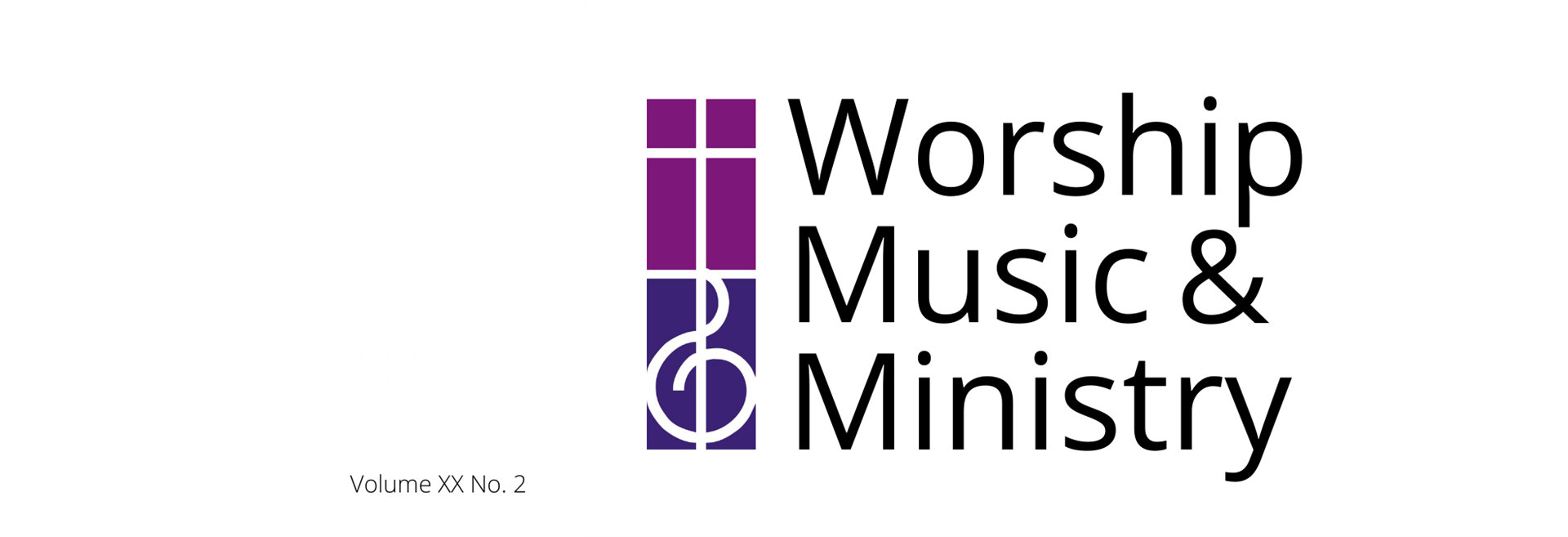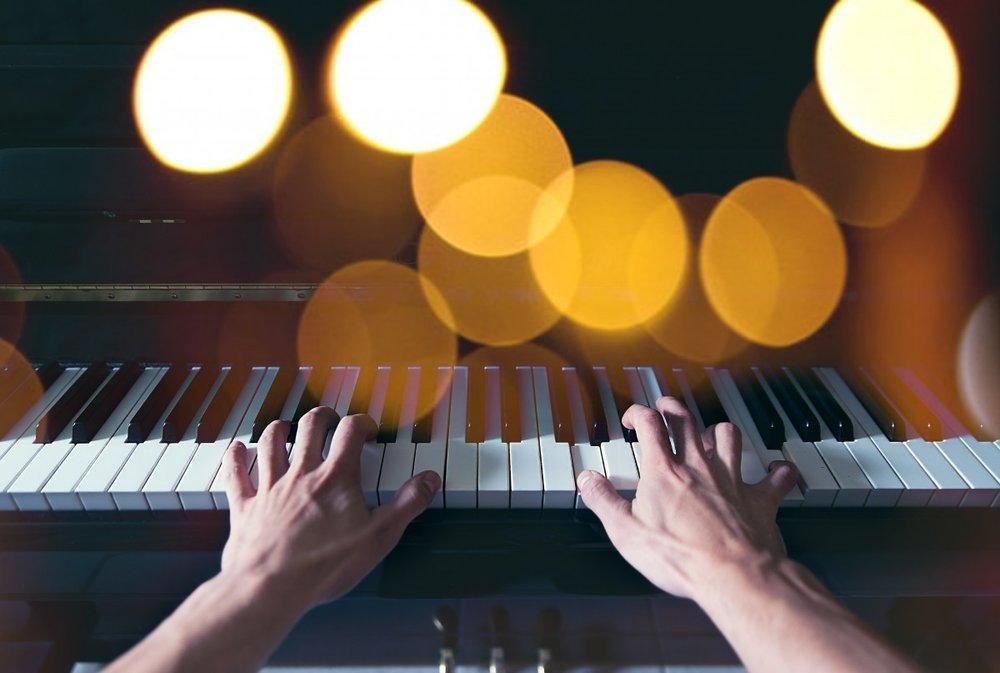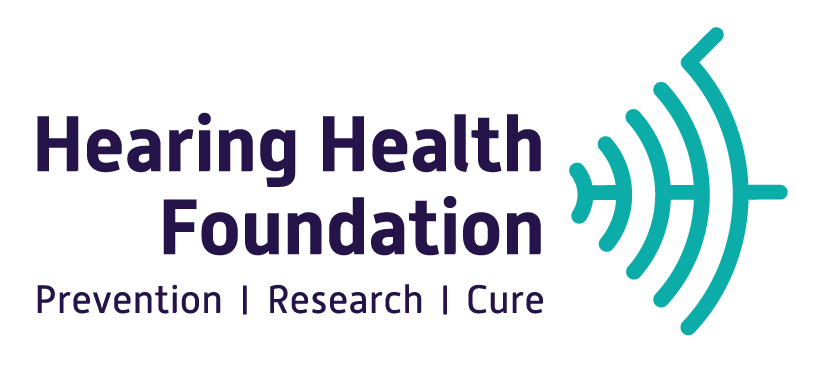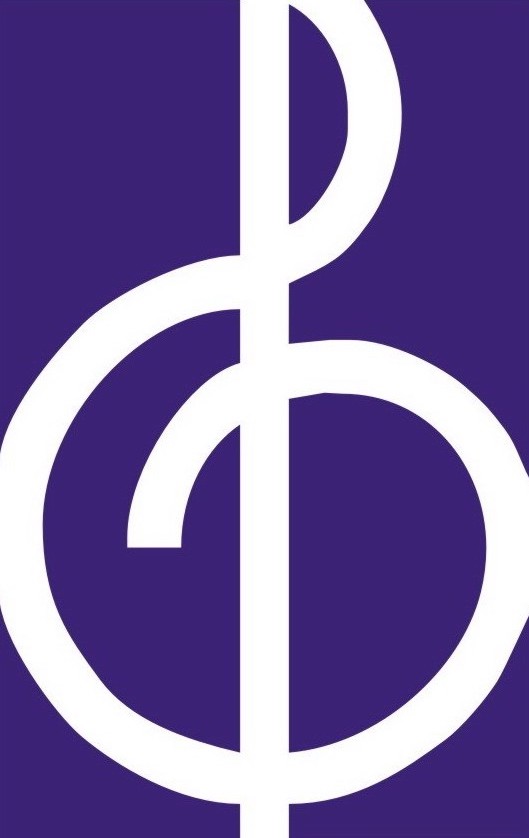Hearing for MusiciansInformation from the Hearing Health Foundation Professional musicians are nearly four times as likely to develop noise-induced hearing loss (NIHL) as the general public. They are also more likely to experience tinnitus or ringing in the ears. Hearing damage can affect everyone in the music industry, including church musicians—especially where music is played loudly and in enclosed spaces. Hearing loss can develop from repeated exposure to loud sounds. Over time, loud sounds will irreparably damage the sensory hair cells of the inner ear that send sound information to the brain to interpret. There is also evidence that loud sound disrupts how cells transmit information via synapses, leading to hidden hearing loss because traditional hearing tests do not easily detect it. NIHL from sudden loud sounds, such as gunfire or fireworks, can also occur. NIHL is the permanent and most common cause of hearing loss from prolonged exposure to high noise levels. However, it is also the only preventable cause of hearing loss, so protecting our ears and hearing is essential. Research by the National Institutes of Health and the Centers for Disease Control and Prevention shows that nearly one in four adults exhibits signs of NIHL. In addition, evidence suggests that noisy leisure activities plus the increased use of personal listening devices with headphones contribute to what the World Health Organization has warned is a global public health emergency, with 1.1 billion young people potentially at risk for NIHL. Tips for Musicians
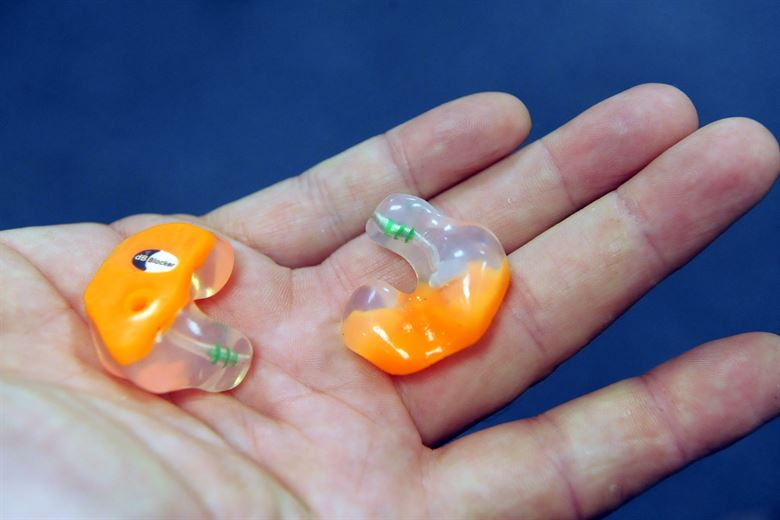
Musicians can significantly lessen their risks of hearing loss and tinnitus by using protective measures that preserve the sounds and harmony of the music. For example, a hearing specialist can recommend custom musician's earplugs or in-ear monitors to protect your hearing without compromising your musical performance or experience. Some reasons to consider custom-made earplugs: Typical foam earplugs mute speech and music by lessening noise primarily in the high-frequency range rather than in the mid-to low-frequency range. There the music and voices can sound unnatural and unclear. Custom-fit earplugs lower sound more smoothly across frequencies while reducing decibel levels, thereby maintaining the all-natural quality of speech and music. In addition, with foam earplugs, the user will hear a hollowed-out sound in their speech when speaking, singing, or playing a musical instrument. This unnatural, muffled sound is called the "occlusion effect." Custom-fit earplugs are molded to the ear, producing a seal that helps prevent this distracting sound. For more tips from music enthusiasts with hearing loss, see Music Gear From the Pros.
Music and Hearing LossMusic sounds much softer for a person with hearing loss, especially in the range where people sing and most instruments are heard. As a result, music sounds muffled and dull and loses much of its excitement. Lost in the music's general texture is how a particular instrument or combination of instruments sound. It can be hard to pick out a specific instrument or singer from the background; some people lose the ability to hear musical pitch properly, making it hard to sing or even recognize a melody. Hearing loss also creates a serious problem with loudness or the subjective impression of the intensity of sounds. Many people with hearing loss hear nothing if the sounds are not intense enough; sounds that would be at a comfortable volume for people with typical hearing are barely audible. However, as sound levels increase, sounds are heard as becoming louder at a rate much faster than they do with typical hearing. As a result, the change in intensity between "barely audible" and "unbearably loud" is reduced. Problems with pitch, texture, and loudness perception are not separate problems. Hearing loss is often most significant in the frequency range where most instruments sound, the area where the most significant problems with loudness occur. For people with hearing loss, this messy interaction can make listening to music—let alone playing music—very challenging. Hearing Aids and MusicA 2016 report from British hearing researcher Brian Moore, Ph.D., titled "Effects of Sound-Induced Hearing Loss and Hearing Aids on the Perception of Music," implies that modern hearing aids can help to some extent. However, much needs to be learned to improve their musical effectiveness. Everyone's hearing is different, so some will benefit more from hearing aids than others. But there are some problems that no technology has yet been able to correct. Hearing aid technology that improves speech understanding and loudness perception does not work so well when it comes to music. For instance, low-frequency sounds are not amplified at the same level as high-frequency sounds, so a tuba or cello sounds soft and tinny and lacks the impact it should have. Music also gets distorted when heard through hearing aids designed to improve understanding of speech in noise. Many hearing aids provide specific presets for live music listening, but Moore's research confirms my own experience that they are often not that helpful. And when streaming recorded music into a hearing aid via Bluetooth, the sound, to me at least, resembles an old transistor radio rather than a high-fidelity system. While there are speech-centric techniques that could transpose, for example, high flute notes, to a lower range, Moore reports that in practice, this produces mixed results. Electronically transposing music significantly distorts the content and texture, making it sound increasingly distorted, robotic, and unpleasant with greater transposition. As for those hearing losses where musical melody becomes unrecognizable, unfortunately, no current technology can correct such a problem. ■
This article is used by permission from Hearing Health Foundation. | From the Rev. Dr. John C. Dorhauer Reflections on 30 Years of the UCC Musicians Association Breathing New Life – the UCCMA Endowment Fund The First Winner of the UCCMA 30th Anniversary Anthem Commission We Are All Honored Guests – An Introit Creative Anniversary Ideas for Churches Music and Dance in Worship – My Experience Cliff Notes: Looking Back While Moving Forward Tech Talk: Entry-level Video Cameras – Part 2 A Few of Our Favorite … Classic Anthems for Smaller Churches MUSIC DOWNLOADS Composed by Innocent Okechukwu By Mel Bringle By Stephen Beals CROSSES "The ankh or key of life is an ancient Egyptian hieroglyphic symbol used in Egyptian art and writing to represent the word for "life" and, by extension, as a symbol of life itself." — Wikipedia LOOKING BACK – 30 YRS. 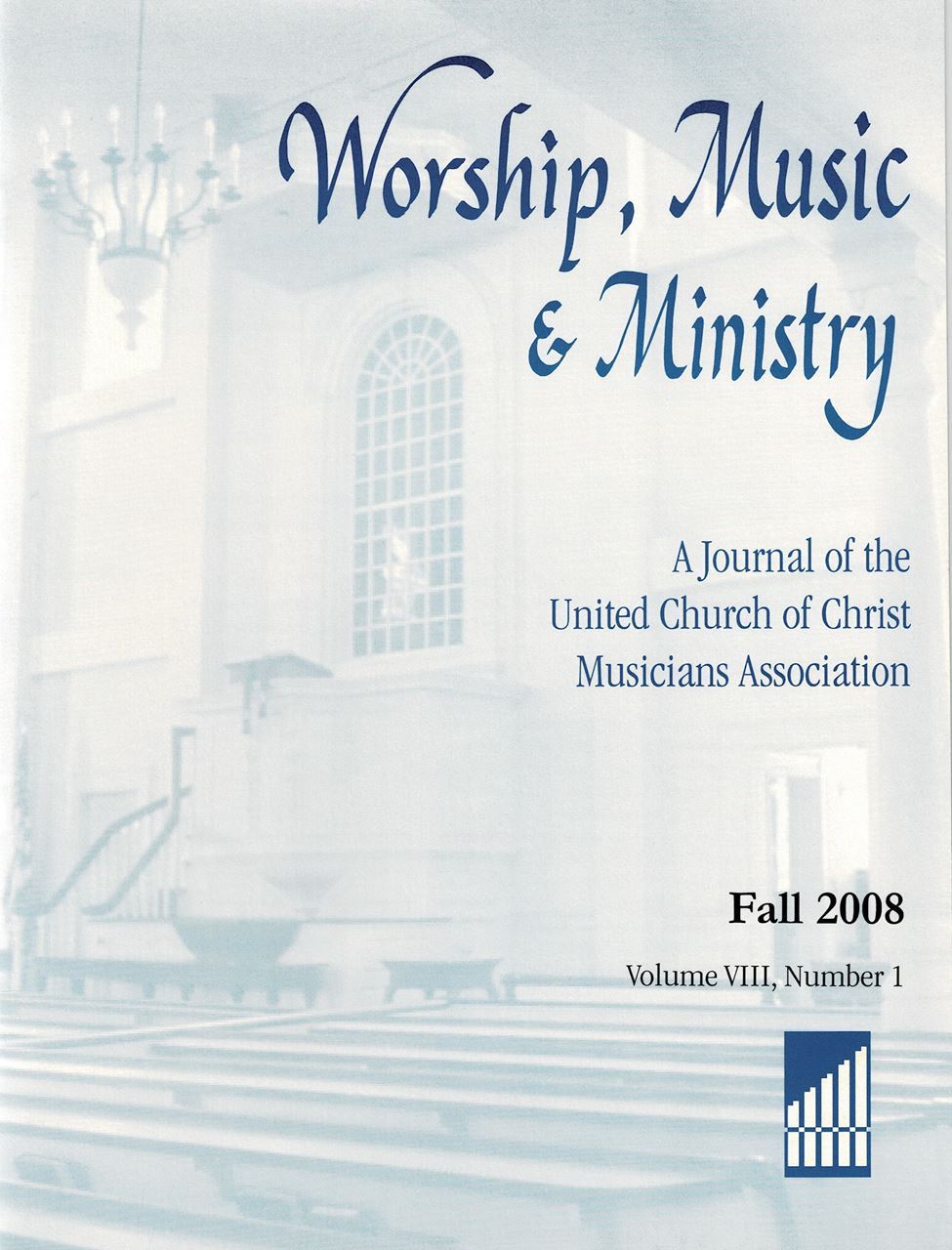 The first 22 years of Worship, Music & Ministry in print. |
